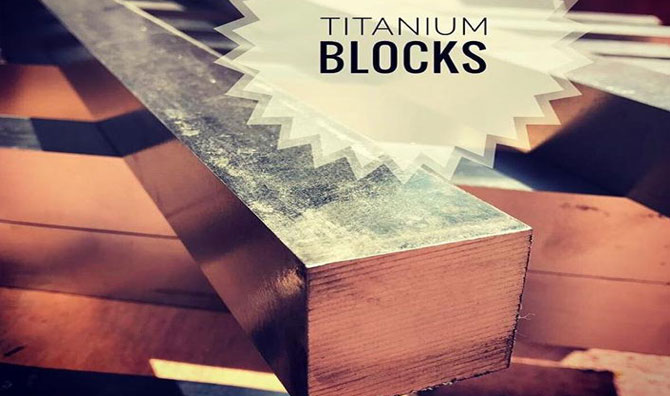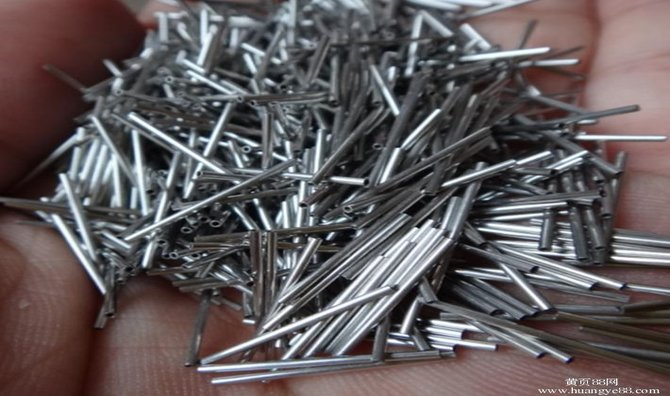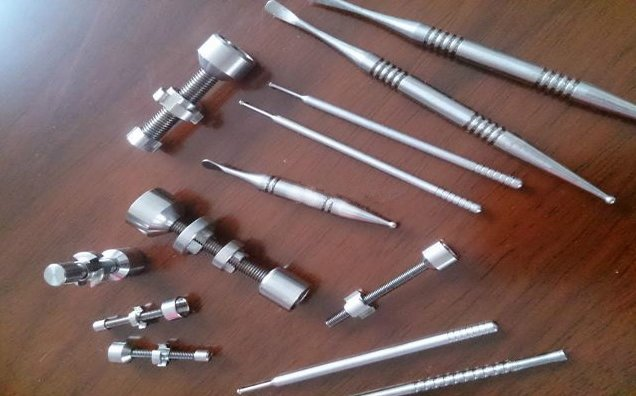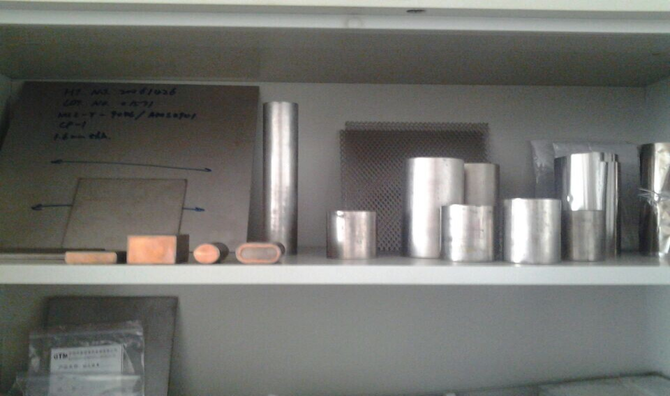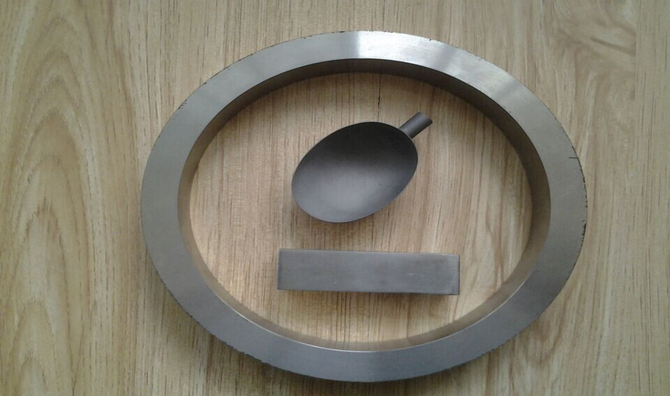Titanium

Most of the titanium grades are of alloyed type with various additions, such as aluminum, vanadium, nickel, ruthenium, molybdenum, chromium or zirconium for the purpose of improving and/or combining various mechanical characteristics, heat resistance, conductivity, microstructure, creep, ductility, corrosion resistance, etc.
Titanium Benefits
High strength,
High resistance to pitting, crevice corrosion resistance,
High resistance to stress corrosion cracking, corrosion fatigue and erosion,
Cold bending for complex piping bends without fittings or flanges,
High strength to weight ratio.
Weight saving possibilities,
Low modulus, high fracture toughness and fatigue resistance,
Suitability for coiling and laying on seabed,
Ability to withstand hot/dry and cold/wet acid gas loading,
Excellent resistance to corrosive and erosive action of high-temperature acid steam and brine,
Good workability and weldability.
Titanium Chemical Composition
Palladium (Pd) and Ruthenium (Ru), Nickel (Ni) and Molybdenum (Mo) are elements which can be added to the pure titanium types in order to obtain a significant improvement of corrosion resistance particularly in slightly reducing environments where titanium otherwise might face some problems due to insufficient conditions for formation of the necessary protective oxide film on the metal surface. The formation of a stable and substantially inert protective oxide film on the surface is otherwise the secret behind the extraordinary corrosion resistance of titanium.
The mechanical properties of commercially pure titanium are in fact controlled by "alloying" to various levels of oxygen and nitrogen to obtain strength level varying between approximately 290 and 550 MPa. For higher strength levels alloying elements, e.g. Al and V have to be added. Ti 3AL 2.5V has a tensile strength of minimum 620 MPa in annealed condition and minimum 860 MPa in the as cold worked and stress relieved condition. The CP-titanium grades are nominally all alpha in structure, whereas many of the titanium alloys have a two phase alpha + beta structure. There are also titanium alloys with high alloying additions having an entire beta phase structure. While alpha alloys cannot be heat treated to increase strength, the addition of 2.5% copper would result in a material which responds to solution treatment and ageing in a similar way to aluminum-copper.
Titanium Density
Titanium is more then 46% lighter than steel. For comparative analysis, aluminum is approximately 0.12 lbs/cu.in, Steel is approximately 0.29 lbs/cu.in, and Titanium is approximately 0.16 lbs/cu.in.
Titanium Corrosion Resistance
Titanium's outstanding corrosion resistance is due to the formation of a tightly adherent oxide film on its surface. When damaged, this thin invisible layer immediately reforms, maintaining a surface which is completely resistant to corrosive attack in sea water and all natural environments. This oxide is so resistant to corrosion that titanium components often look brand new even after years of service.
Titaniums Application
Titanium is used in Aircraft for the engines and frames, Automotive, Petrochemical, Medical implants, Offshore piping systems, Desalination plants, Pulp and Paper plants and Heat Exchangers (tube and compact types) to name but a few. Titanium has found its way onto your local High Street proving itself popular with customers buying spectacle frames, sunglasses, watches and jewellery. It can even be found on the golf course as titanium has been used to manufacture golf clubs.

